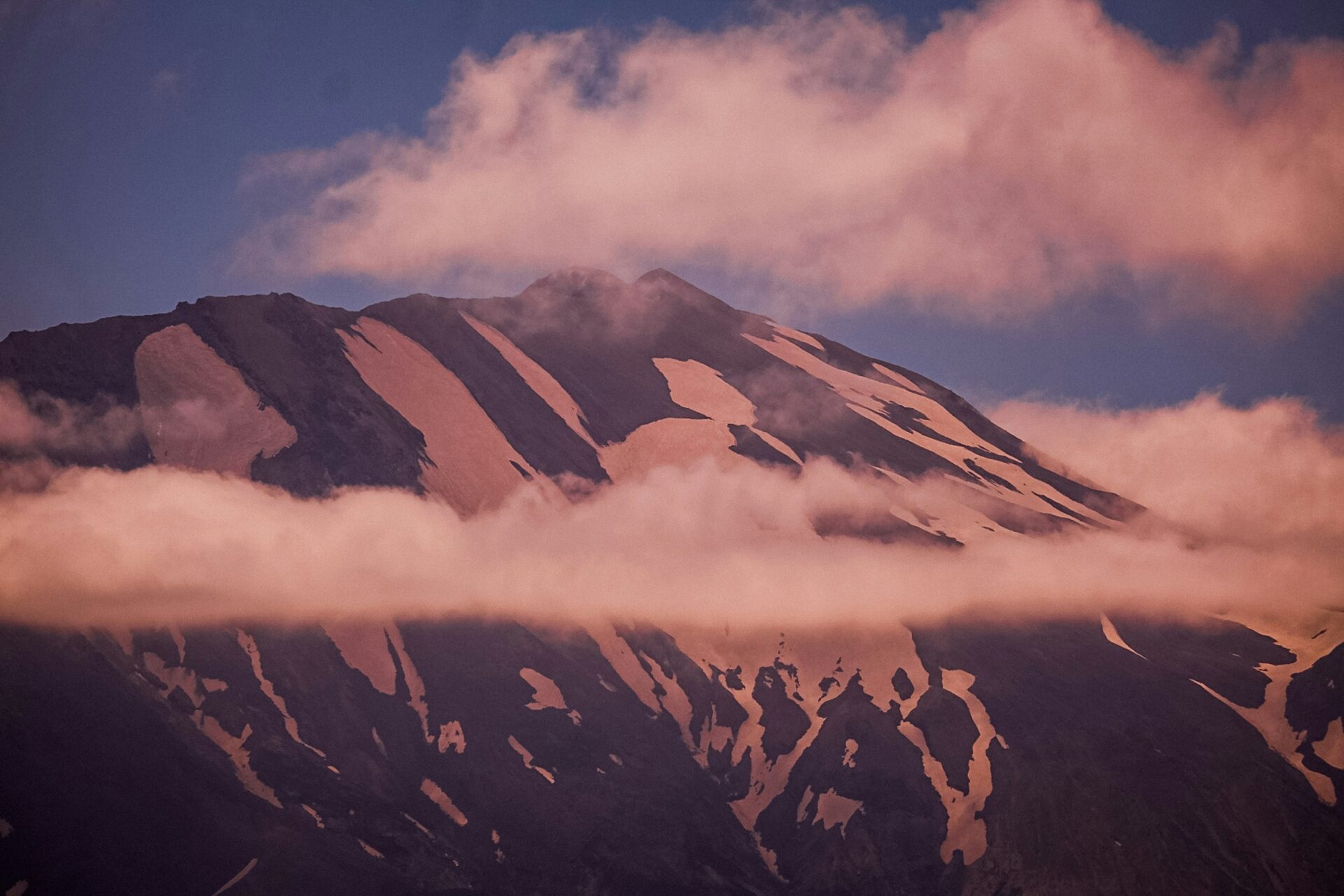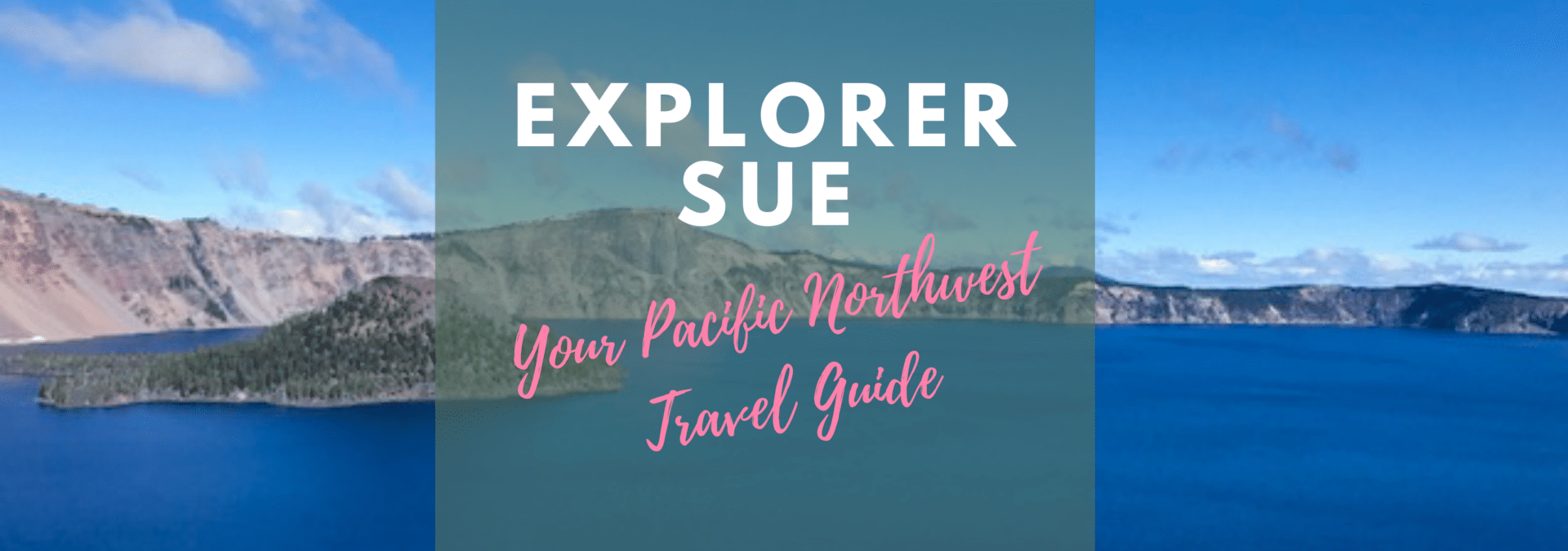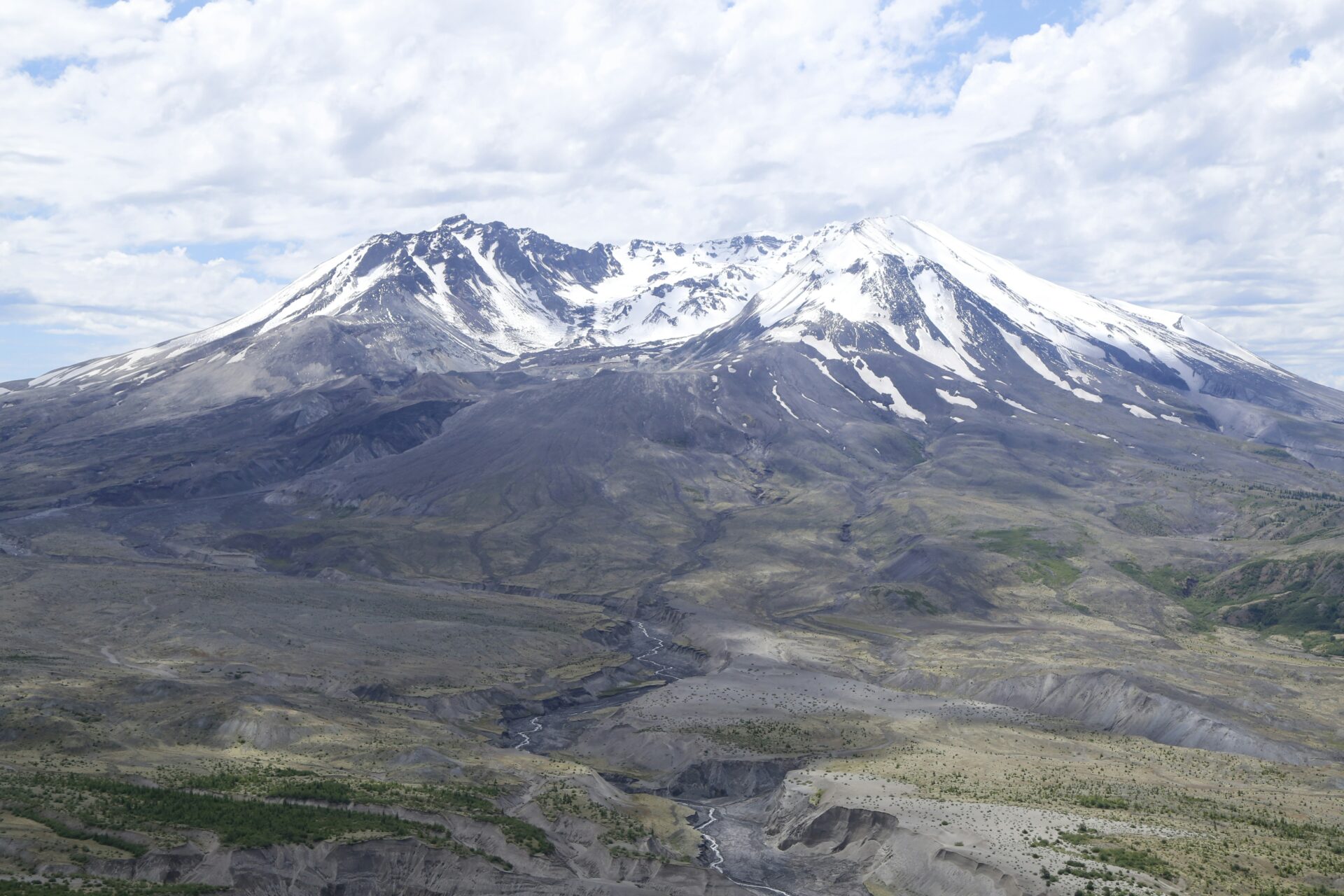If you find yourself in Portland and looking for an unforgettable day trip, look no further than Mount St. Helens. This iconic volcano offers stunning landscapes, fascinating history, and a variety of activities sure to make your trip memorable.
I’ve been to the mountain multiple times over the years and it is constantly changing. Let’s dive into everything you need to know for a perfect day trip to Mount St. Helens from Portland.
Mount St. Helens is one of the most famous volcanoes in the United States. Known for its catastrophic eruption in 1980, this natural wonder has since transformed into a breathtaking landscape teeming with life and adventure. Just a two-hour drive from Portland, it’s the perfect destination for those craving a mix of nature, history, and a bit of excitement.
History of Mount St. Helens
Mount St. Helens was formed through a series of volcanic events that date back thousands of years. Part of the Cascade Range, this stratovolcano began its formation about 40,000 years ago due to the subduction of the Juan de Fuca Plate beneath the North American Plate.
Over millennia, repeated eruptions deposited layers of volcanic ash, pumice, and lava, gradually building the towering cone we see today. This dynamic geological history makes Mount St. Helens not only a visually stunning landmark but also an excellent case study for understanding volcanic activity and mountain formation.
It was a calm Sunday morning on May 18, 1980, when Mount St. Helens suddenly shook the Pacific Northwest awake. At 8:32 AM, a magnitude 5.1 earthquake triggered the most significant landslide ever recorded. The north face of the volcano collapsed in an instant, unleashing a lateral blast of scorching hot gases, rocks, and ash. This catastrophic event annihilated the surrounding forests and left a barren, moon-like landscape in its wake.
Remarkably, in the years following the eruption, life began to return. New lakes were formed, plants sprouted from the nutrient-rich ash, and wildlife slowly made its comeback. Today, Spirit Lake stands as a symbol of nature’s incredible ability to heal after such a devastating event.
Researchers flocked to the area, turning the devastated landscape into a living laboratory. Their discoveries have provided invaluable insights into volcanic activity, geological processes, and ecological recovery, adding a rich layer of scientific intrigue to the awe-inspiring scenery of Mount St. Helens.
Today, Mount St. Helens stands as a testament to nature’s power and resilience. The area is now a National Volcanic Monument, attracting scientists, hikers, and tourists from around the world.
The mountain and surrounding ecosystem continue to regenerate, growing a few inches every year. Every time I go back there’s something new to discover.
Best Time of Year to Visit Mount St. Helens
Timing your visit is key to experiencing all that Mount St. Helens has to offer. The best time to visit is from late spring to early fall, typically May through October. During these months, the weather is mild and the trails are accessible, offering fantastic opportunities for hiking, wildlife spotting, and exploring the stunning landscape.
Summer brings vibrant wildflowers in full bloom and clear skies, perfect for those breathtaking panoramic views. While winter visits are possible, be prepared for snow-covered roads and limited access. The visitor center is closed during the winter.
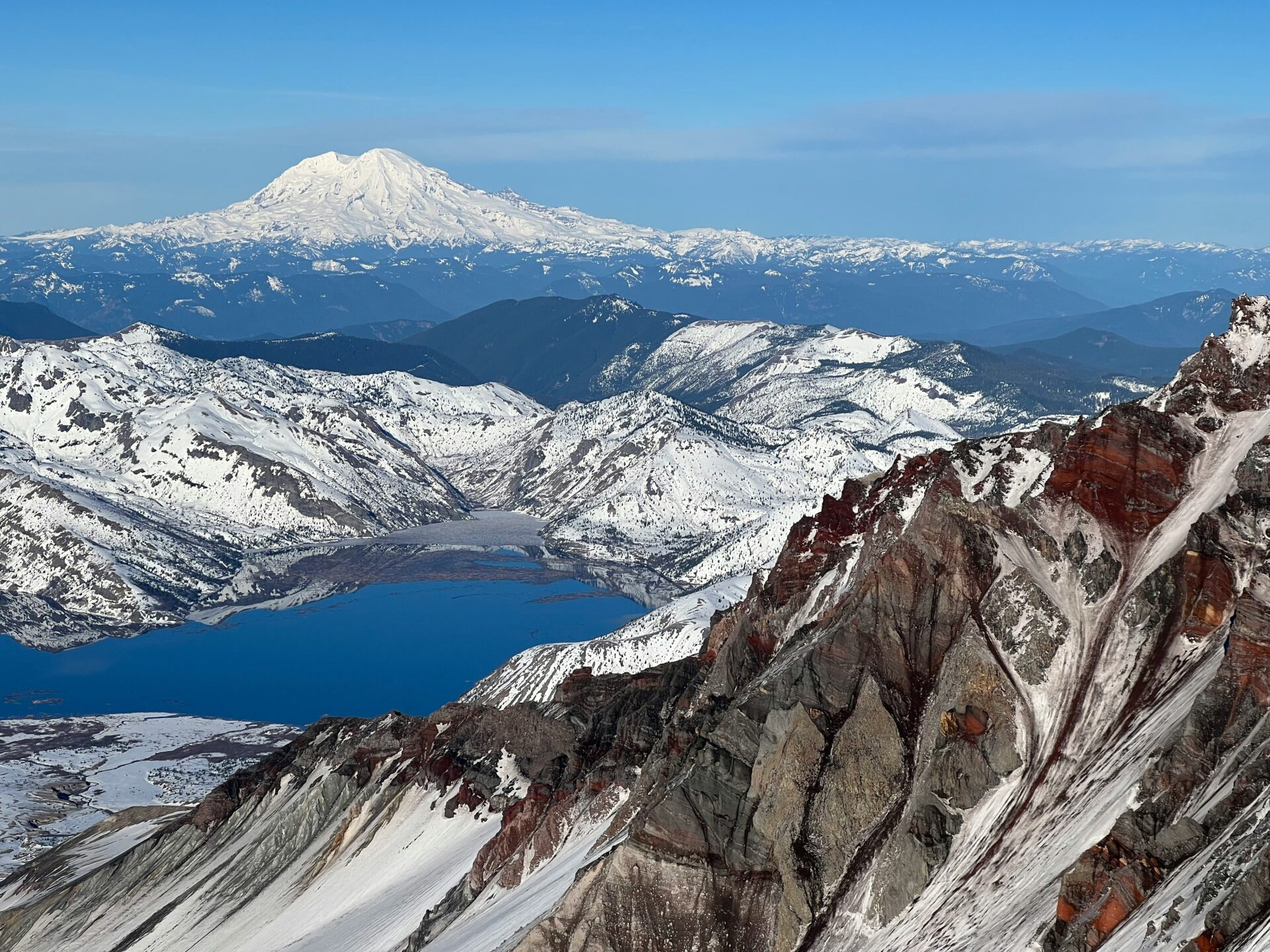
Flower Blooming Season at Mount St. Helens
One of the most delightful aspects of visiting Mount St. Helens during the warmer months is witnessing the explosion of wildflowers in bloom. The blooming season typically begins in June and can last through August, with July being the peak time. During this period, the landscape is carpeted with an array of colorful wildflowers, creating a vibrant tapestry against the backdrop of the majestic volcano.
Among the floral highlights, you’ll find the delicate purple lupine, known for its tall, spiky blooms that add a touch of elegance to the scene. Paintbrush flowers, with their striking red and orange hues, bring fiery splashes of color, contrasting beautifully with the lush greenery.
You’ll also spot the dainty avalanche lilies, whose white petals seem to dance gracefully in the summer breeze. This period of natural beauty not only enhances the scenic views but also underscores the resilience of life in a place once dominated by destruction.
What to Do at Mount St. Helens
Hiking and Exploring
Mount St. Helens offers a variety of trails for all skill levels. Whether you’re a seasoned hiker or just looking for a leisurely walk, this is a great place to be:
- Hummocks Trail: A moderate 2.4-mile loop that takes you through hummocks formed by the 1980 eruption.
- Johnston Ridge Observatory Trail: Offers breathtaking views of the crater and a chance to learn about the volcano’s history.
- Ape Cave: One of the longest lava tubes in North America, perfect for those interested in geology. Because this is a cave, you will need to bring your own light source to explore. A flashlight or headlamp is ideal.
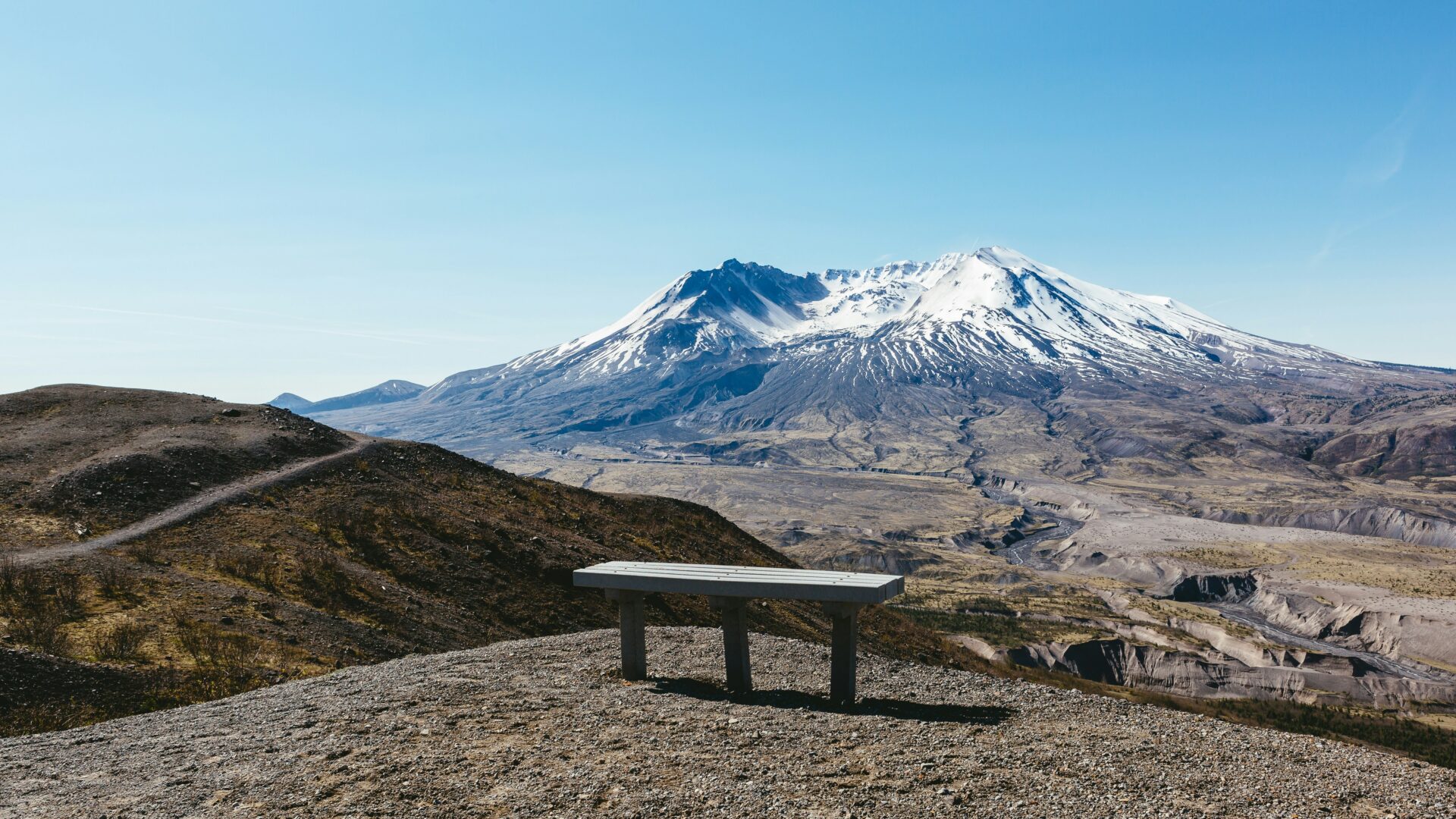
Scenic Viewpoints
One of the best ways to take in the awe-inspiring beauty of Mount St. Helens is by visiting its numerous viewpoints. Each offers a unique perspective on the landscape, allowing you to marvel at the dramatic changes brought by the 1980 eruption and the serene beauty that has since emerged.
- Windy Ridge Viewpoint: As the highest viewpoint accessible by car, Windy Ridge offers unparalleled views of the crater, Spirit Lake, and the surrounding blast zone. The ascent up the 368 steps to the top is well worth the effort for the panoramic vistas you’ll encounter.
- Loowit Viewpoint: Nestled within the blast zone, Loowit Viewpoint allows visitors to see the recovery process of the landscape. The juxtaposition of new life against the backdrop of the volcano is both poignant and beautiful.
- Castle Lake Viewpoint: This spot offers spectacular views of Castle Lake, formed by the 1980 eruption. The lake, surrounded by recovering forest, provides a serene and picturesque scene.
Visitor Centers and Museums
- Johnston Ridge Observatory: Provides interactive exhibits and live seismographs, offering an in-depth look at the 1980 eruption. The staff here are extremely knowledgeable – be sure to pick their brain! I love all of the hands-on stuff, makes it great for kids.
- Mount St. Helens Visitor Center: Located near Silver Lake, this center features detailed exhibits about the volcano’s history and the region’s natural history.
- Mount St. Helens Forest Learning Center: Located along the Spirit Lake Highway, this center offers engaging exhibits focused on forestry, conservation, and the remarkable recovery of the ecosystem following the 1980 eruption. You’ll get to see displays on the area’s rich wildlife, including elk, which have made a surprising comeback.
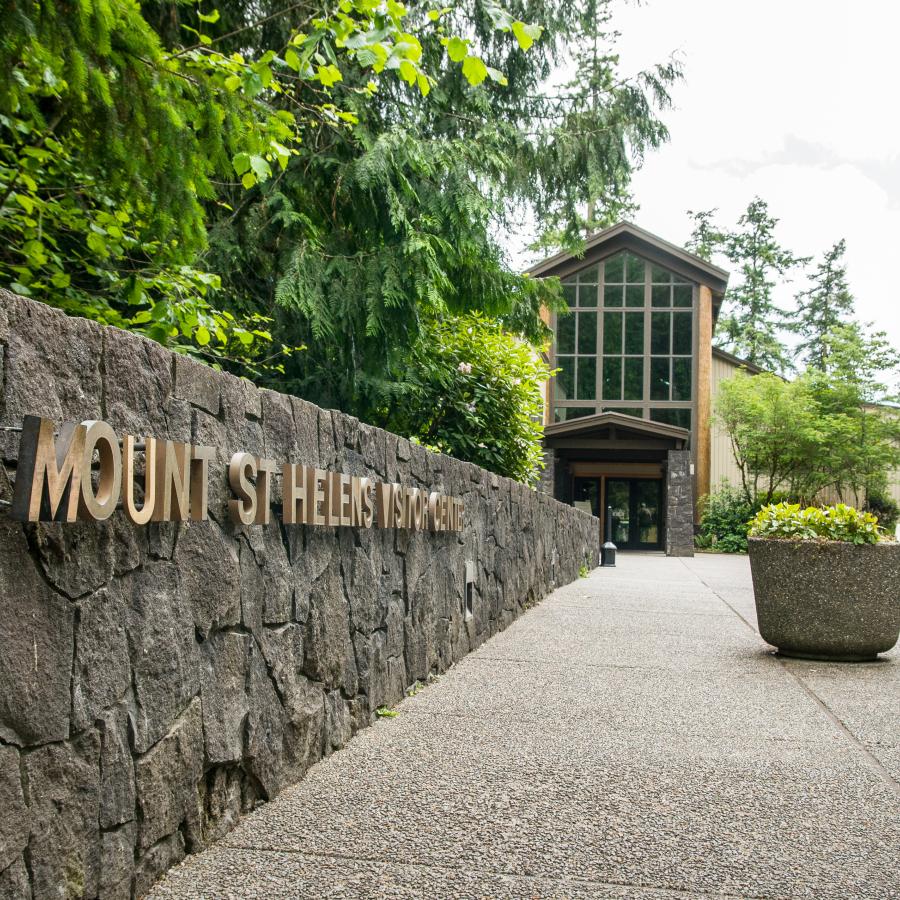
Exploring the North Side of Mount St. Helens
Most people approached Mount St. Helens from the south when coming from Portland. But the north side of Mount St. Helens is a treasure trove of natural wonders and a must-visit area for any outdoor enthusiast. Your journey starts at the Johnston Ridge Observatory, where you can take in the dramatic views of the crater and the blast zone up close. The observatory also marks the beginning of the Boundary Trail, a fantastic route for those craving a more adventurous hike. This trail takes you through the eerie yet captivating landscape of the blast area, offering unique geological features and stunning vistas that highlight the powerful force of the 1980 eruption.
For a more relaxed experience, you can drive along the scenic Spirit Lake Highway (SR 504), which provides numerous viewpoints and pullouts. You’ll come across the picturesque Coldwater Lake, created by the 1980 eruption, where you can enjoy a peaceful picnic, some fishing, or even a kayaking session.
Don’t miss the Windy Ridge Viewpoint, offering one of the closest accessible views into the crater, Spirit Lake, and the vast pumice plain. No matter your pace or interest, exploring the north side of Mount St. Helens is an unforgettable experience that showcases the resilience and beauty of nature.
How to Get to Mount St. Helens from Portland, Oregon
By Car
Mount St. Helens is approximately 90 miles north of Portland, Oregon. Getting to Mount St. Helens from Portland is a straightforward drive, taking roughly two hours. Here’s your route:
- Head north on I-5 from Portland.
- Take exit 21 for WA-503 E toward Woodland/Cougar.
- Follow WA-503 E, which will take you to the southern entrance of Mount St. Helens National Volcanic Monument.
By Tour
If you prefer not to drive, several tour companies offer day trips from Portland to Mount St. Helens. These tours typically include transportation, a guided tour, and sometimes even meals, making it a hassle-free way to experience the volcano.
This inclusive tour from Get Your Guide is my favorite and gives you a well-rounded tour of the area! Book it here.
A day trip to Mount St. Helens from Portland is an adventure you won’t want to miss. From its rich history to its diverse activities and stunning landscapes, there’s something for everyone. Whether you’re a nature enthusiast, a history buff, or just looking for a fun day out, Mount St. Helens has it all.
Ready to explore? Pack your camera, lace up your hiking boots, and hit the road—Mount St. Helens is waiting for you!
